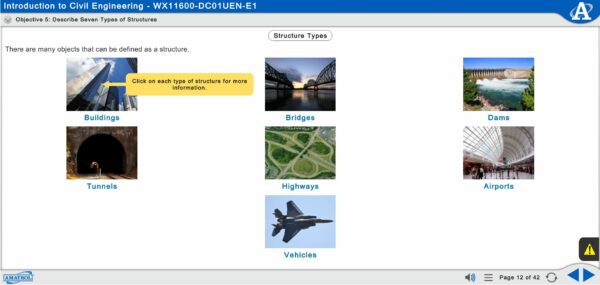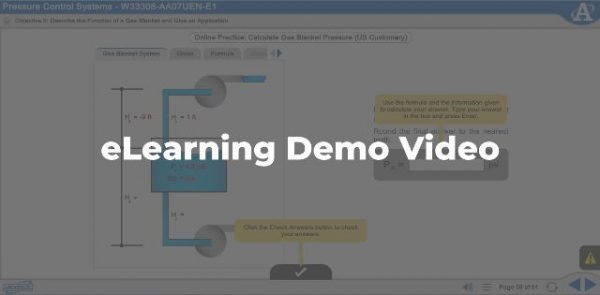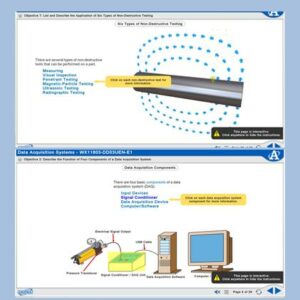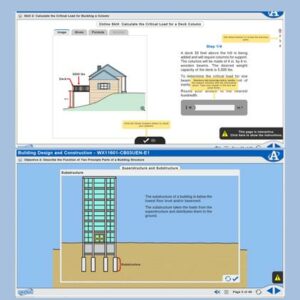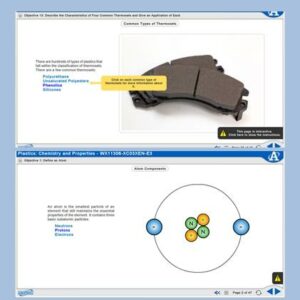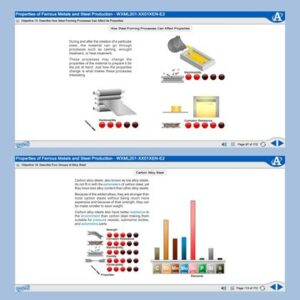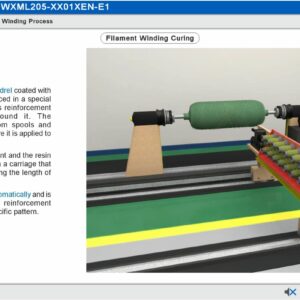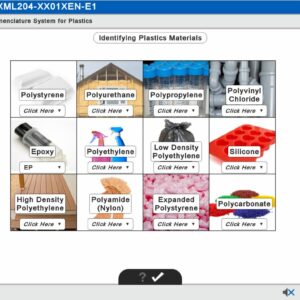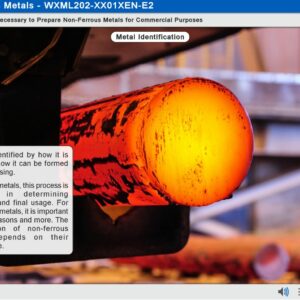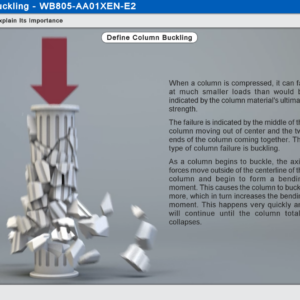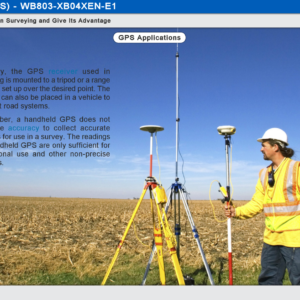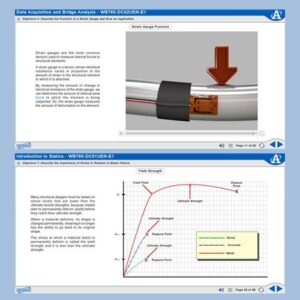Civil engineering may be the broadest of all of the engineering fields. Civil engineers are responsible for designing the facilities for living, transportation, and industry. This includes buildings, bridges, and other large structures. Civil engineers are also involved in city planning, and the layout and construction of highways.
Civil engineering functions can be divided into three different categories:
- Pre-Construction – Pre-construction functions are performed before construction takes place. These include feasibility studies, site investigations, and the design work of the facility.
- Construction Management – The civil engineer or engineering firm acting as the construction manager supervises the construction of the facility. The construction managers supervise the contractors doing the work, approve engineering changes, and verify the completion of each phase of the construction. During construction, the construction manager may be required to deal with clients, consulting engineers, and contractors on the job. This could include some mediation between parties.
- Post-Construction Management – Once construction is complete, the civil engineer or engineering firm oversees all of the maintenance of the facility for a time specified in the contract documents. They also study how the facility holds up under normal use. This is because the architect, engineer, and contractor are legally responsible for any deficiencies in the design or construction, typically for a period of several years after acceptance by the owner. After this period of time, the owners of the structure take over the maintenance.




